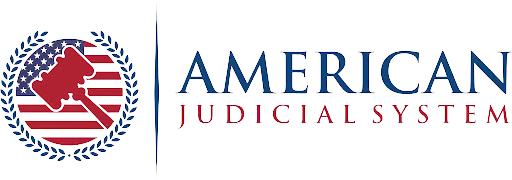When accidents happen, determining who is responsible is often the most crucial aspect of seeking compensation. Personal injury cases revolve around liability, defining who is legally liable for damages. Whether it’s a car accident, a slip and fall, or a medical malpractice case, liability plays a central role in the outcome. Establishing fault is not always straightforward, as it depends on the circumstances of the incident and the applicable laws. If you or a loved one has suffered an injury due to someone else’s negligence, seeking legal guidance from alpizar law palm bay fl can help navigate the complexities of liability and ensure fair compensation.
What is Liability in Personal Injury Law?
The law of personal injury defines liability when someone becomes responsible for injuring another person. The plaintiff who suffered the injury needs to demonstrate that the defendant’s negligent behavior directly caused their harm. Proof must show that the party who bears responsibility failed to uphold their duty of care, leading to resulting damages.
Drivers must use their vehicles properly while following traffic regulations, as demonstrated by the example of a car accident. Running a red light while driving creates a breach of duty of care because it leads to vehicle collisions. The responsible driver who causes injuries to a victim becomes legally accountable for paying medical bills, lost income, and other resulting damages. The legal responsibility for damages is divided unequally between multiple parties when specific situations occur.
The legal principles determining liability in personal injury claims include negligence and two other categories: strict liability and intentional wrongdoing. The uniqueness of each case requires unique evidence to prove fault, including eyewitness reports, medical records, and accident reconstruction analysis. A personal injury victim requires professional legal assistance to establish their case because they must prove their claim to courts.
Types of Liability in Personal Injury Cases
Personal injury suits frequently establish their liability through negligence claims. A person who neglects to exercise proper caution towards others will create harm to those around them. A plaintiff must prove three essential elements to establish negligence: first, the defendant had a responsibility to stop the damage from occurring, then failed to meet this obligation, and finally, their negligence specifically caused the victim’s injuries. This legal principle exists in personal injury cases, including automobile collision incidents at workspaces and property-related lawsuits.
Under strict liability, the defendant remains responsible for damages even when they take no negligent actions. The law requires responsibility for defective product claims and dog bite cases regardless of whether the defendant intended to harm. The production of faulty products that result in harm makes manufacturers responsible even when they take safety measures. In multiple states, dog owners are accountable for bite injuries to others, even if their pets have never displayed aggressive behavior.
Comparative and Contributory Negligence
The way injured people act during personal injury events makes liability assessments complex in numerous cases. Plaintiffs lose their right to damages under states that use contributory negligence unless they prove complete innocence regarding their injuries. The harsh rule blocks compensation for all parties when negligence is shared between them despite the defendant’s more substantial responsibility.
The states that adopt comparative negligence rules enable injured parties to pursue compensation even though they bear responsibility for their injuries. Compensation under this system decreases according to the share of responsibility the plaintiff receives. When pedestrians get hit by speeding drivers while jaywalking, they can recover damages, yet their compensation amount will decrease because of their fault percentage.
Proving Liability in a Personal Injury Case
The process of determining liability depends on complete evidence collection and investigation. The proof of fault in court depends on various pieces of evidence, including police reports alongside medical records, expert testimony, and surveillance camera footage. The evidence strength determines the claim’s success or failure, so keeping detailed records about the incident remains fundamental.
The extent of injuries requires clear documentation through medical records. Compensation claims receive more substantial support when medical professionals maintain complete documentation about patient diagnoses, treatment procedures, and lasting medical impacts. The statements from witnesses who witnessed the incident support the plaintiff’s description of events because they provide first-hand accounts.
Conclusion
Understanding liability requirements in personal injury cases becomes fundamental for achieving justice following an accident. Determining fault is vital for obtaining compensation, including negligence, strict liability, and intentional wrongdoing. The legal framework presents multiple challenges because states maintain distinct laws and separate claim liability principles. Demonstrating fault becomes difficult when defense parties and insurance firms work to decrease their accountability, especially when evidence is weak and legal representation is inadequate.










